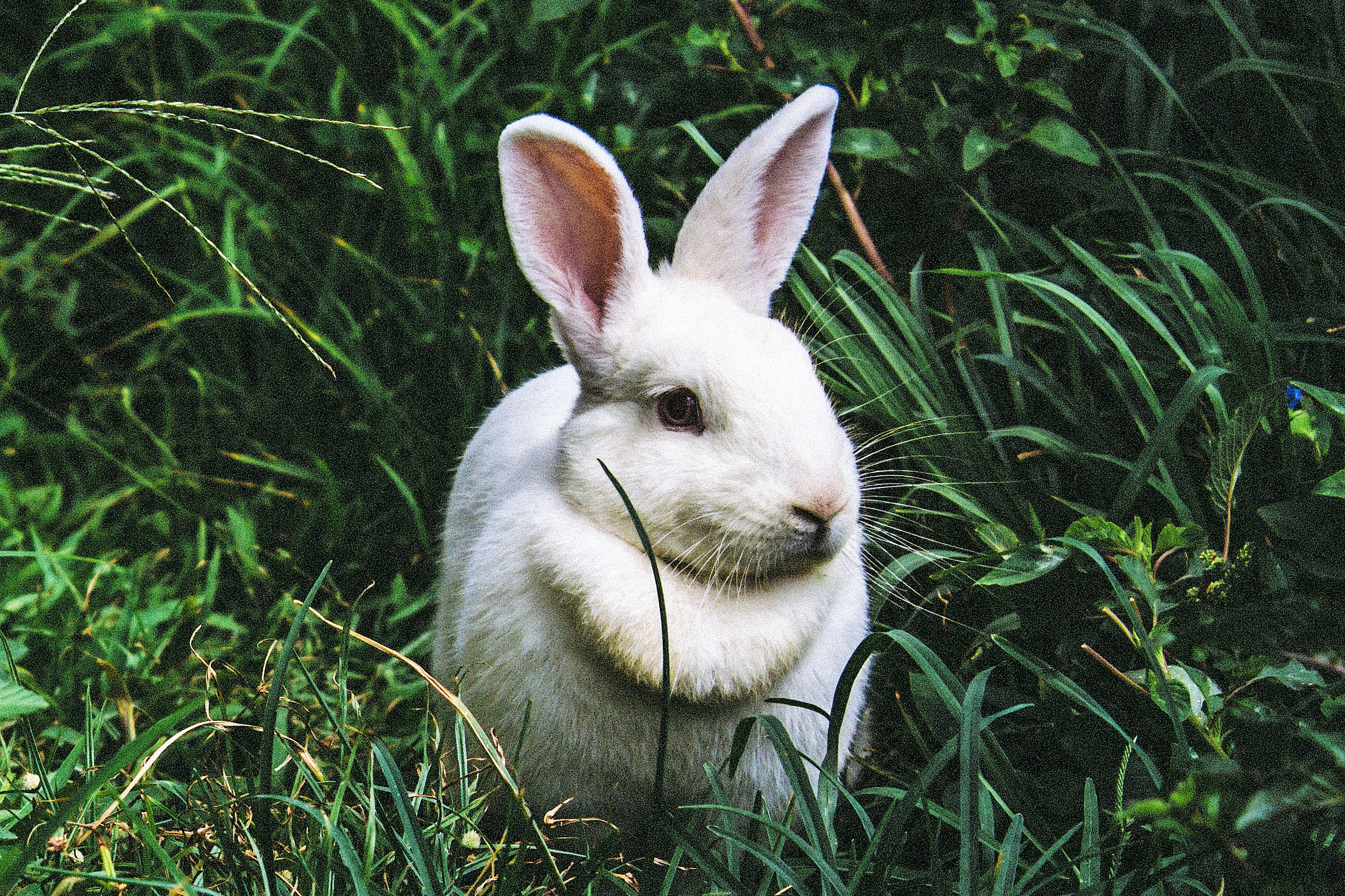
The Easter Bunny & the Tale of the Eggs
From the name to the bunny, it's all German. The name Easter was first appropriated by the Christian calendar. First it was the pagan festival Ostara, celebrated on the vernal equinox, around March 21 in the Northern hemisphere. Ostara was named for the pagan goddess of spring, Eostre. According to legend, she once saved a bird whose wings had frozen during the winter by turning it into a rabbit. Because the rabbit had once been a bird, it could lay eggs. And so it became the Easter Bunny.
The bunny as a symbol for Easter is first mentioned in writings in 16th century Germany. The first edible Easter bunnies, made of pastry and sugar, were also produced in Germany in the early 1800s. Around that time, children made nests of grass and settled them in their parents' spring gardens for the Easter Bunny to fill during the night with brightly decorated eggs.
Pennsylvania Dutch settlers brought the Easter bunny to America in the 1700s. Their children, who used their hats or bonnets to make their nests, believed that if they were well behaved, the "Oschter Haws" (literally Easter Hare) would fill their upturned headgear with colored eggs.
The Easter egg hunt remains as much a tradition in German towns and cities as it is on the White House lawn in Washington, D.C. Children race to find the Bunny's colorful eggs across the world every year.